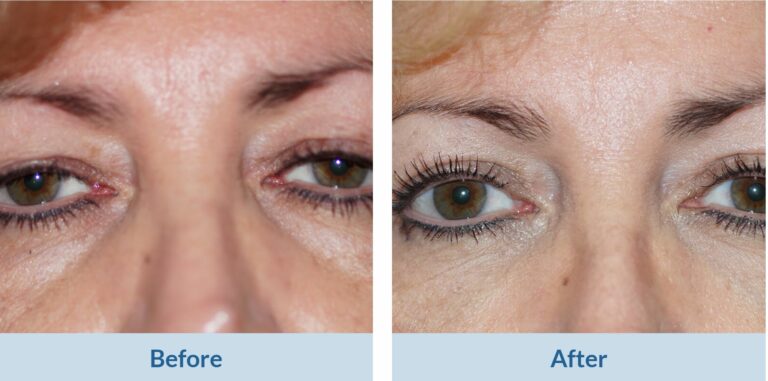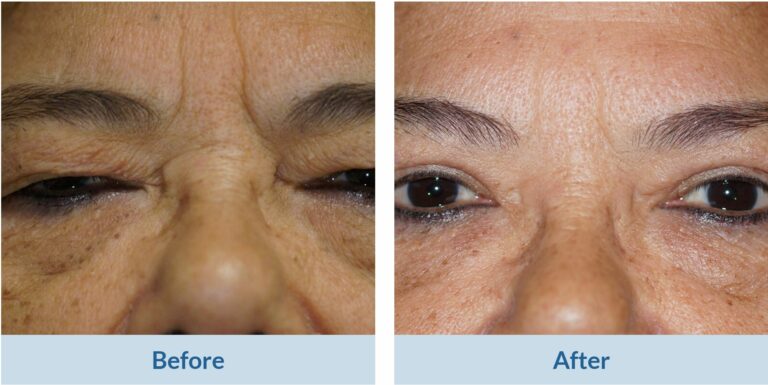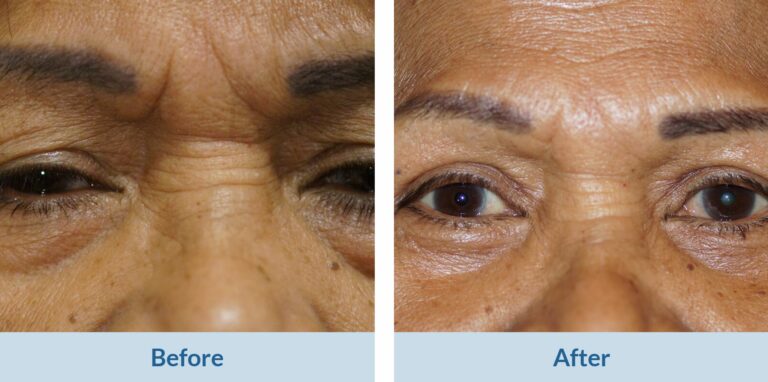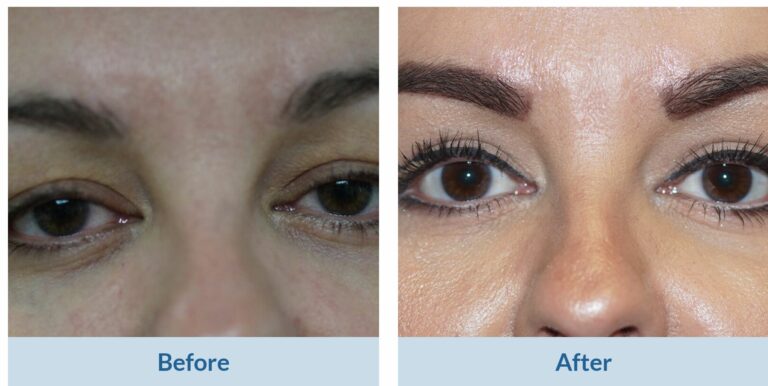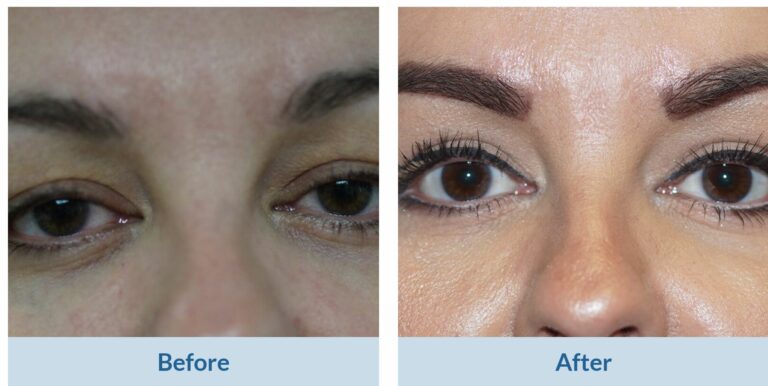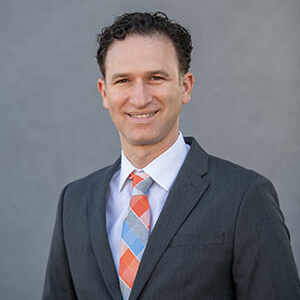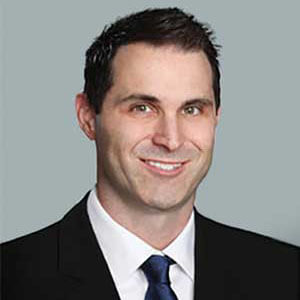At Pacific Eye Institute, we have a team of oculoplastic eye surgeons who specialize in all types of procedures that encompass the eyelids, tear ducts, facial orbit and more. Unlike many general plastic or cosmetic surgeons, they have in-depth knowledge of the delicate structures of the eye so they are particularly meticulous in protecting vision while also improving appearance and function.
Whether the surgery is desired for functional or cosmetic reasons, our team will ensure that you feel 100% confident in our expertise. We want to earn your trust and help you set realistic expectations during your consultation with us. We encourage you to ask as many questions that you can think of during every step of the process.
Blepharoplasty for Droopy Eyelids
Drooping eyelids can cause you to look older, tired, or even angry. This condition can also obstruct your vision. If you are unhappy with the appearance of your eyes, surgery by an oculoplastic surgeon may be the right option to rejuvenate your appearance. The surgeons at Pacific Eye Institute can help you improve the appearance of your eye area by removing excess skin and fatty deposits. This procedure can be performed on both the upper and lower eyelids.



